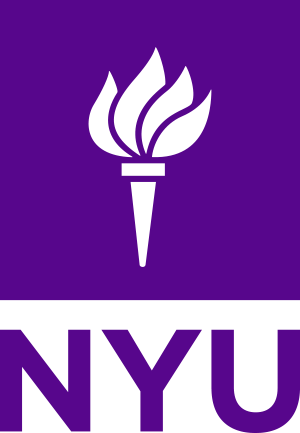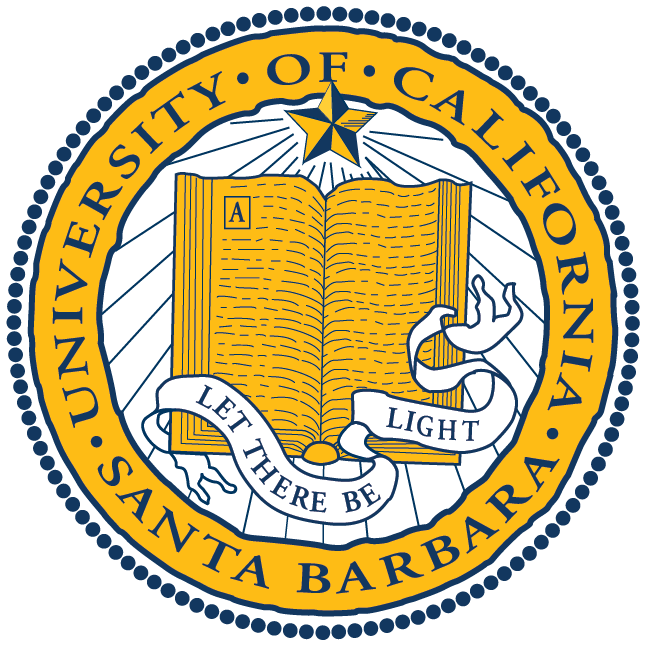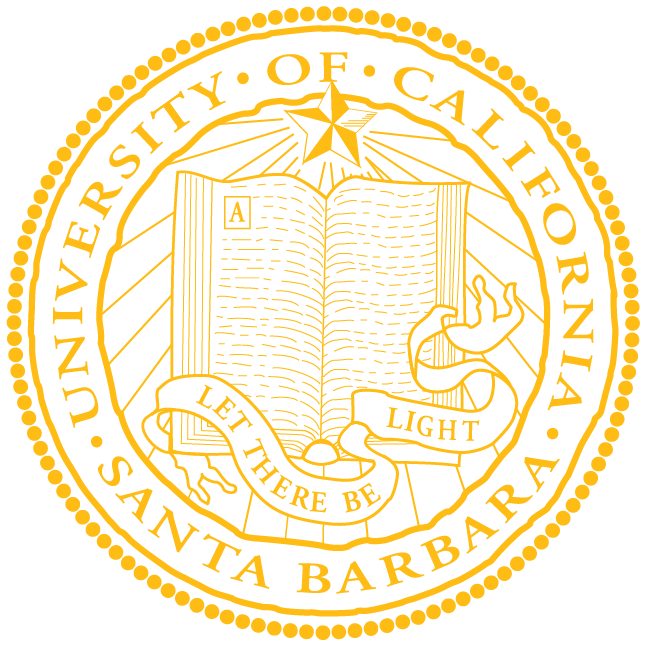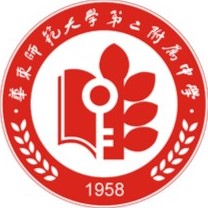Experiences

Abama Private Fund Investment Management Co., Ltd.
July. 2025 - Aug. 2025
Shanghai, China
Quantitative Research Intern
July. 2025 - Aug. 2025
Responsibilities:
- Designed a parallelized data pipeline to transform raw event-level financial data into 300+ engineered featuresto feed high-frequency trading ML models, cutting data preparation from 8 h to 15 min.
- Delivered a live-updating factor store database powering large-scale model training and backtests; increased experiment throughput by ∼ 10× and enabled apples-to-apples model comparison during strategy reviews.
- Fine-tuned Transformers for trading signal prediction, improving annualized return by 3% in backtests.
- Built an automated feature-discovery framework that iteratively surfaces noise-robust, signal-strengthening factors, accelerating model iteration and reducing manual screening.
R&D Software Engineering Intern
May. 2024 - Aug. 2024
Responsibilities:
- Scaled the RAG knowledge base for Unity’s AI assistant via community and forum ingestion and LLM-based quality filtering; expanded answer coverage for Editor/API issues by ∼ 10×, improving first-response resolution.
- Built MuseBench, an evaluation platform that pairs an LLM-as-a-judge with a curated benchmark of Q&A pairs, enabling consistent scoring of RAG results across different model versions and cutting evaluation time by 95%.
- Deployed a local-LLM pipeline to parse 100k+-line Unity Cloud Build logs and extract root-cause signals; reduced triage from hours to minutes and accelerated time-to-fix for recurring build failures.

The Waves Lab at UCSB
Jun. 2023 - Mar. 2024
Santa Barbara, California
Advisor: Prof. Kelly Caylor | Graduate Advsior: Anna Boser
Undergraduate Researcher
Sep. 2023 - Mar. 2024
Responsibilities:
- Developed a novel Segment-Then-Classify Strategy leveraging the Segment Anything Model and Vision Transformer for instance segmentation in remote sensing, reducing manual labeling and training costs.
- Applied multiple time series classification models on Sentinel satellite imagery to achieve pixel-level semantic segmentation, enhancing the detection accuracy of smallholder irrigation fields.
Bren Leaders and Internship Program
Jun. 2023 - Sep. 2023
Responsibilities:
- Implemented an instance segmentation model for automated mapping of center-pivot irrigation systems in Sub-Saharan Africa for a deeper understanding of irrigation adoption and its impacts in the region.
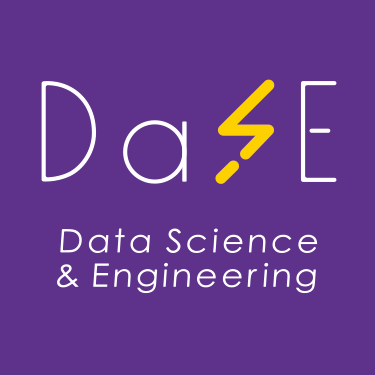
Data Science & Engineering School at East China Normal University
Jun. 2022 - Jun. 2023
Shanghai, China
Advisor: Prof. Ding-jiang Huang
Undergraduate Research Assistant
Aug. 2022 - Jun. 2023
Responsibilities:
- Co-authored the ACM MM ‘24 paper :’Compacter: A Lightweight Transformer for Image Restoration’, achieving state-of-the-art PSNR performance across different Image Restoration tasks with ~ 50% - 65% fewer parameters.
- Co-designed Compact Adaptive Self-Attention, enabling omnidirectional spatial–channel information flow through cross-modulation of global context to strengthen long-range dependencies while preserving local detail.
- Proposed a Dual Selective Gated Module that dynamically injects global context into each pixel for contextadaptive aggregation, amplifying informative features and suppressing noise.
- Built the PyTorch training/benchmarking pipeline and ran ablation experiments, enabling reproducible results and efficient comparison to baselines.
Summer Intern
Jun. 2022 - Aug. 2022
Responsibilities:
- Conducted literature reviews on Image Super-Resolution deep learning models.









